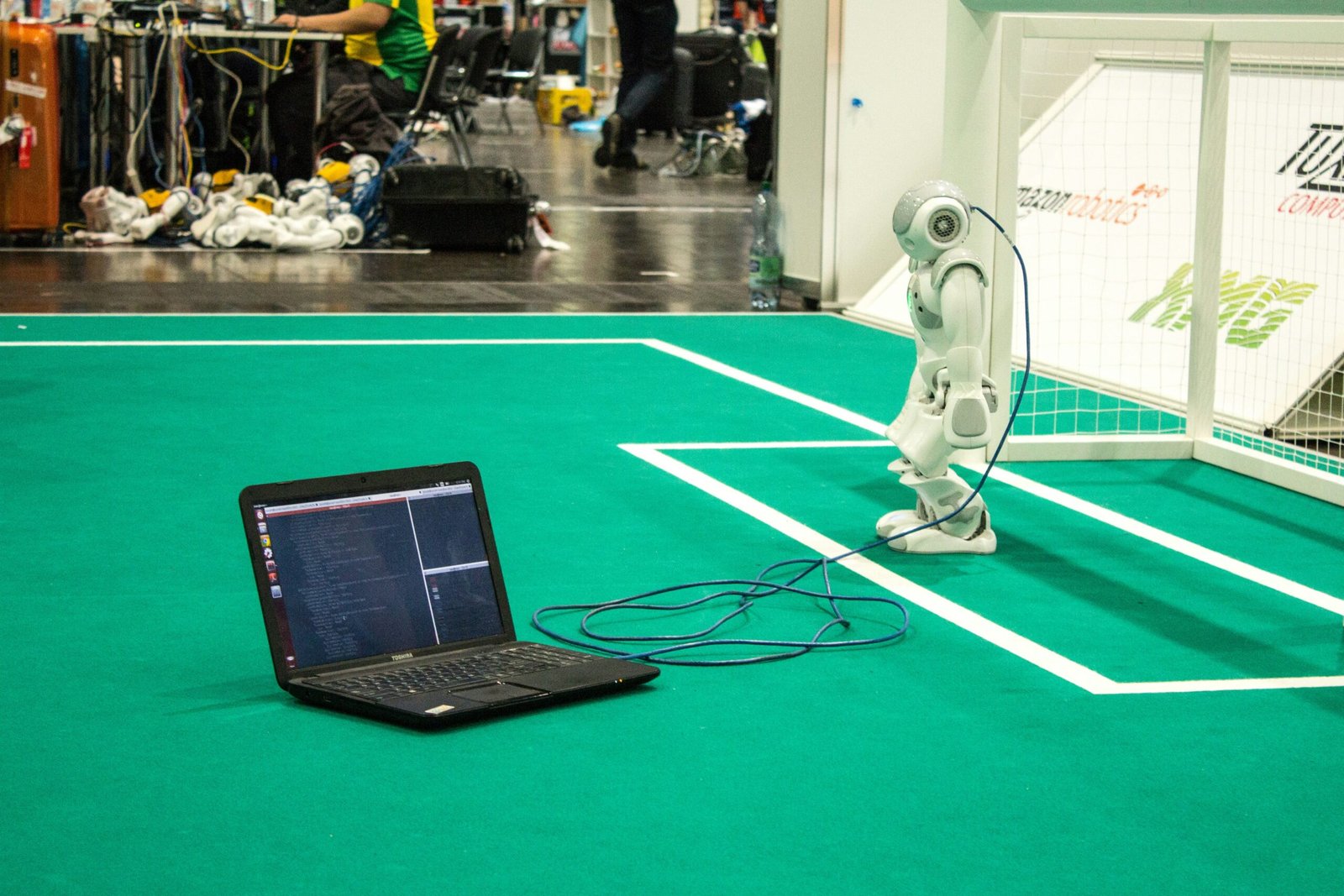Introduction
When working with an LM7 engine, upgrading to a “one-cable” alternator has become a popular modification among car enthusiasts and DIY mechanics alike. This upgrade replaces the standard multi-wire alternator with a simplified single-wire design. By removing the need for separate field excitation wires, the alternator self-excites once the engine is running. This not only makes installations easier but also increases charging capacity—a critical improvement for modern vehicles with high-power electrical systems.
This guide will cover everything you need to know about LM7 upgrading to a 1 cable alternator, including its benefits, step-by-step installation process, and considerations you should keep in mind to achieve the best results.
Understanding the Need for an Upgrade
Before jumping into the intricacies of this modification, it’s essential to understand why upgrading the LM7’s alternator to a one-cable design is necessary or desirable for certain users.
Challenges with Standard Multi-Wire Alternators
The LM7 engine’s stock alternator often relies on a multi-wire system requiring various connections to operate:
- A field excitation wire
- Voltage sensing wire
- A wire to connect to the battery
While effective in most cases, this wiring can be overly complex and prone to failure if not maintained properly. Additionally:
- Older alternators may struggle to handle high-power electrical components.
- Poor wiring connections can lead to performance inefficiencies.
Demand for Simplicity and Reliability
Car enthusiasts and DIY mechanics often look for ways to both simplify vehicle setups and improve performance. A one-cable alternator is designed with these principles in mind, offering a neater wiring solution and enhanced durability. For those building custom vehicles, hot rods, or simply wanting cleaner engine bays, this upgrade is particularly appealing.
Benefits of Upgrading to a One-Cable Alternator
Choosing to install a one-cable alternator offers a range of benefits that justify its popularity among LM7 engine users.
Simplified Wiring and Easier Installation
A one-cable alternator reduces the complexity of multiple connections. With only a single power cable directly connecting to the battery, you’ll spend less time dealing with wiring configurations during installation. It’s an excellent option for first-time DIY mechanics.
Increased Charging Capacity
Compared to traditional alternators, many one-cable models deliver higher charging output. This improvement is especially beneficial for vehicles equipped with:
- Powerful audio systems
- High-performance lighting
- Auxiliary electronics such as winches or refrigeration systems
Enhanced Reliability
By eliminating separate field excitation wiring, one-cable alternators reduce potential failure points. Plus, they ensure consistent power output, even in demanding conditions.
Cleaner Engine Bay Design
Fewer wires mean a tidier and less cluttered engine bay. This cleaner aesthetic goes a long way, particularly for enthusiasts who take pride in showcasing their engine setup.
Cost-Effectiveness Over Time
Although the initial swap may involve purchasing a new alternator, the improved reliability and performance minimize future repairs or upgrades.
Step-by-Step Guide to Upgrading
Upgrading your LM7 to a one-cable alternator doesn’t need to be daunting. Follow these steps to get it done efficiently.
Tools and Materials Needed
- A compatible one-cable alternator
- Basic socket wrench set
- Screwdrivers (flathead and Phillips)
- Wire cutters and strippers
- Heat shrink tubing
- Electrical tape
- Voltmeter or multimeter
Step 1: Prepare Your Vehicle
- Turn off your vehicle and disconnect the battery. Safety comes first when dealing with electrical systems.
- Locate your existing alternator in the engine bay.
Step 2: Remove the Existing Alternator
- Loosen and remove the tension from the serpentine belt.
- Disconnect all wires from the alternator (label them if necessary for reference).
- Unscrew the mounting bolts and carefully remove the alternator.
Step 3: Install the One-Cable Alternator
- Position the new alternator in place, aligning it with the existing mounting bracket.
- Reattach the serpentine belt, ensuring proper tension.
- Connect the single power cable from the alternator directly to the battery.
Step 4: Double-Check Connections
Inspect all wiring to ensure secure connections. Use heat shrink tubing and electrical tape to insulate exposed wires where needed.
Step 5: Test the New Alternator
Reconnect the battery and start your engine. Use a voltmeter to check charging output. A proper reading typically falls between 13.5-14.5 volts.
Pro Tip:
Remember to keep the old alternator’s original components if the new setup requires modification. It’s always a good idea to have spares on hand.
Precautions and Considerations Before Upgrading
While this upgrade offers numerous advantages, you should take the following precautions before proceeding:
Compatibility with the LM7 Engine
Not all one-wire alternators are universal. Confirm that the alternator you purchase is specifically compatible with your LM7 engine.
Assessing Electrical Demands
If your vehicle has unusually high electrical demands, ensure the alternator can handle the additional workload. Overspecifying your alternator’s output is better than underspecifying.
Common Misconceptions
Some believe one-wire alternators are less powerful due to their minimalistic design. However, this is untrue when appropriately chosen for the intended application.
Proper Grounding
One-cable alternators rely on proper grounding for efficiency and safety. Ensure all grounding points are clean and secure.
Real-Life Applications and Success Stories
Many vehicles, including custom builds and classics, benefit significantly from this upgrade. For example:
- Hot Rod Enthusiasts: A cleaner engine bay complements the aesthetic appeal of show-focused vehicles.
- Daily Drivers: Improved reliability eliminates worries about alternator malfunctions.
- Off-Roaders: Higher charging capacity powers essential components like winches and auxiliary lights.
Enthusiasts’ Testimonials
“Switching to a one-cable alternator for my LM7 was a game-changer. My electrical problems vanished, and the installation was a breeze!” – Alex T., DIY Mechanic
“I installed a one-wire alternator on my LS swapped project car. It reduced wiring clutter while consistently powering all my mods.” – Ryan G., Car Enthusiast
Why Upgrading Your LM7 Alternator Matters
Simplifying your LM7’s power system through a one-cable alternator upgrade is a game-changing modification for car enthusiasts and mechanics alike. This affordable and relatively simple swap provides cleaner wiring, enhanced functionality, and better reliability. Whether you’re building a custom project or simply maintaining your daily driver, this upgrade can meet your performance needs flawlessly.
If you’ve been considering this upgrade, now’s the perfect time to take action. Tackle the installation yourself or consult a professional—and enjoy the benefits of your enhanced LM7 engine.
In conclusion, upgrading your LM7 engine with modern modifications is a smart investment for performance, reliability, and ease of use. Whether you’re a seasoned mechanic or a passionate car enthusiast, this upgrade delivers noticeable improvements that enhance your driving experience. Take the leap and transform your vehicle today—your engine and overall performance will thank you!
YOU MAY ALSO LIKE
Demystifying 24vdc Transformer No E79892308 0108271J0: A Comprehensive Guide
FAQs
1. What is the advantage of a one-cable alternator for an LM7 engine?
A one-cable alternator simplifies wiring, increases charging capacity, and improves overall reliability compared to multi-wire systems.
2. Are one-cable alternators compatible with all LM7 engines?
Not all one-cable alternators are universal. Ensure compatibility with the LM7 engine before purchase to avoid installation issues.
3. How long does it take to install a one-cable alternator?
For most DIY mechanics, installation can take around 1-2 hours, provided they have the necessary tools and follow the correct steps.
4. Does a one-wire alternator improve performance?
Yes, it ensures consistent electrical output and can handle higher loads, especially beneficial for vehicles with additional electronics.
5. What tools are required to complete the upgrade?
You’ll need basic tools including a socket wrench set, wire cutters, screwdrivers, heat shrink tubing, and a voltmeter for testing.











